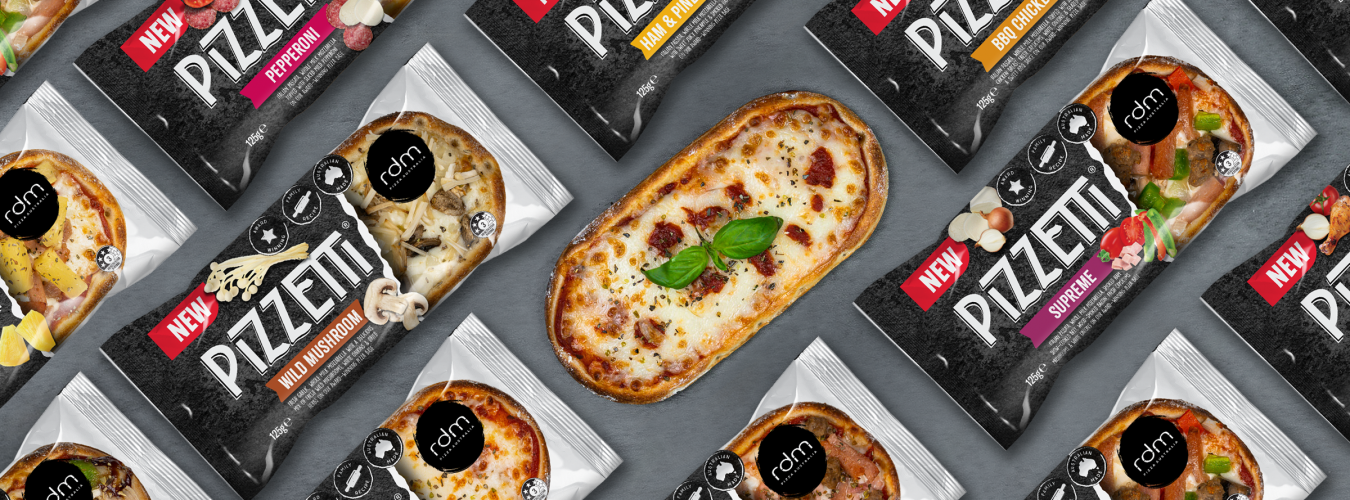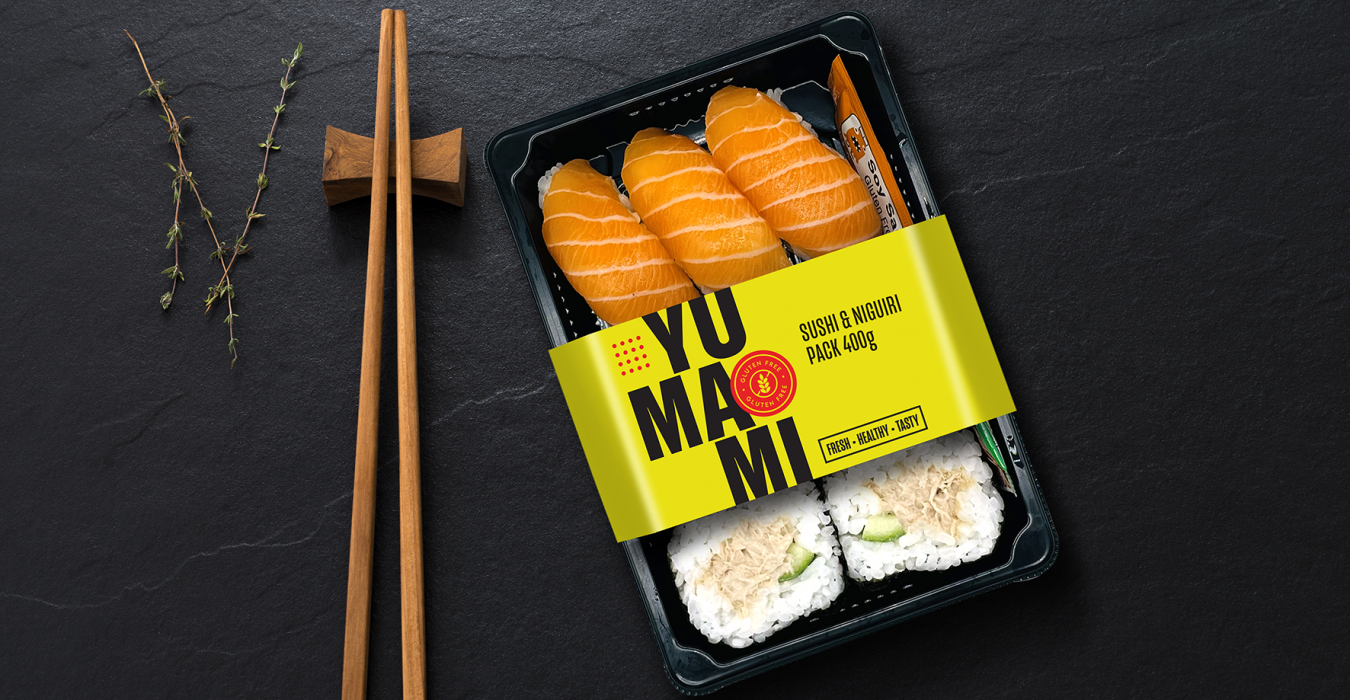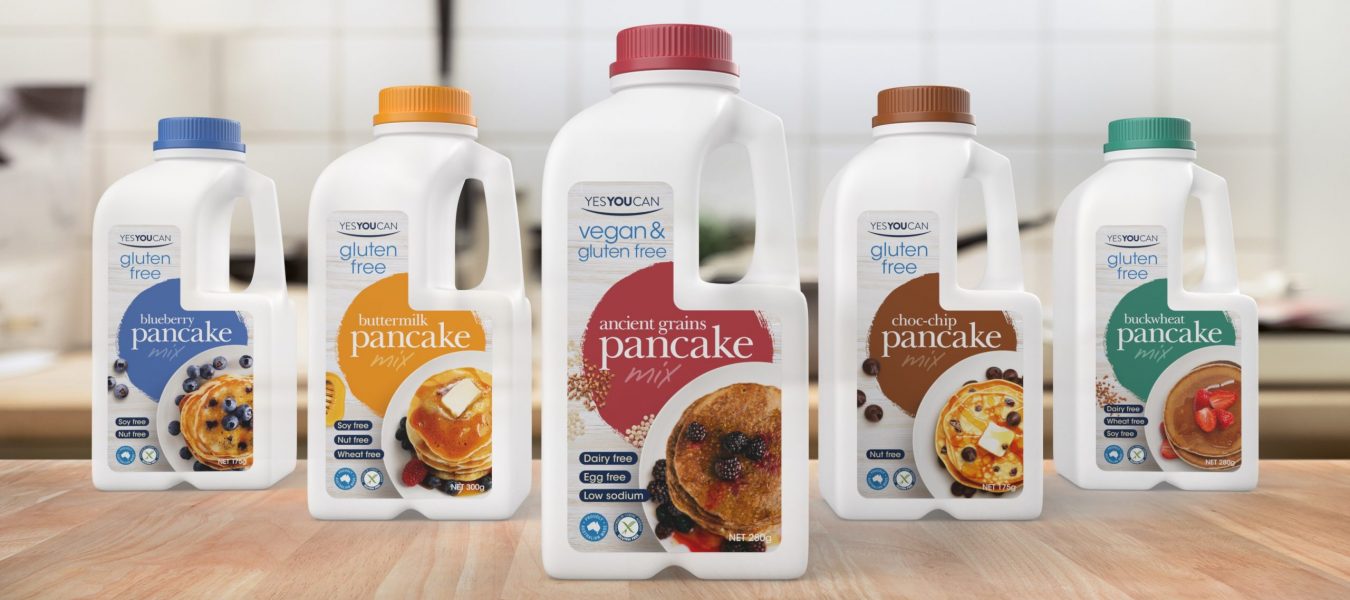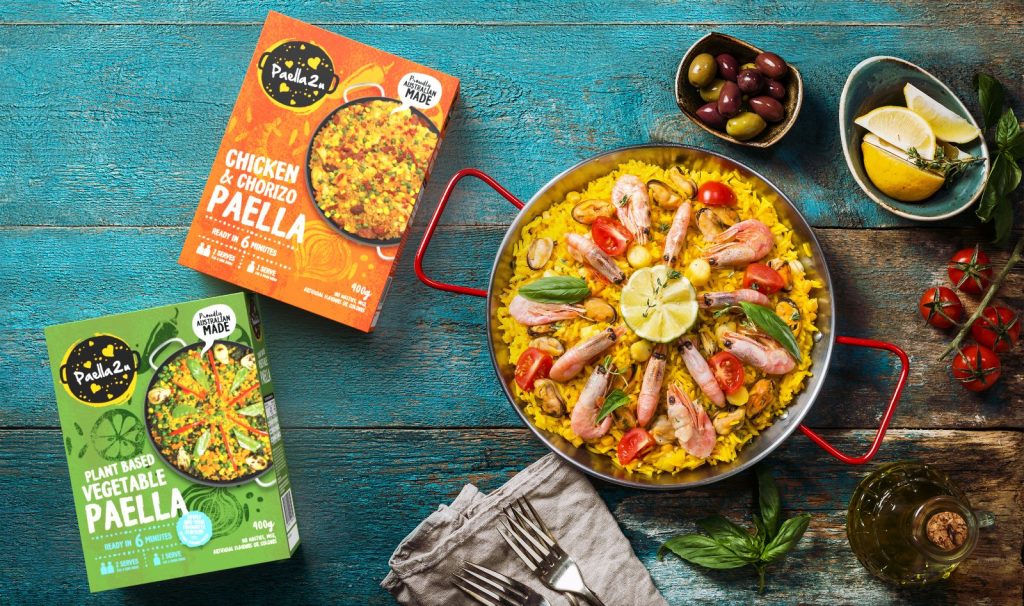10 seconds. A purchase decision is exactly how it sounds!
Every year, thousands of new food products are launched into the market and so many of them fail? Even renowned brands have more misses than hits.
As shoppers notice roughly 10-15 product at point of sale out of thousands in a supermarket, the significance of packaging design for any brand success turns out to be obvious. So how do you ensure your product packaging on the shelf gets that shopper’s attention and effectively draws them to make a purchase?
Every food brand must have its own special uniqueness
We need to dig deep and understand not only the product but what will drive a consumer to put that product in their basket. Food packaging experts know the particular drivers that turn consumers into purchases. It’s about tapping into the brand’s special ‘uniqueness’ and reinforcing this on the front of the pack. Additionally we may need some cues on pack to help shape this special uniqueness, and a food packaging expert can use their experience to communicate these.
When designing the back of a pack, for most brands, a brand story is a must. It highlights those positive attributes about your product, and communicates the core of your brand, what you stand for and why you are different.
A strategic decision that can decide your success
The packaging, marketing, and advertising of your new product launch are very important and all these elements profit from an appealing and strategic design. With the right packaging, your brand can enlighten and draw a consumer’s mind and emotions. This is where the importance of food packaging design agencies come in, starting from ideation to how and what to communicate through graphics on a package till its launch day. They know how to make that connection with the audience that can drive the success of a brand.
Reasons to work with an experienced professional
Effective packaging is supposed to be both functional and visually appealing. For example, there’s no point in having a stylised picture-perfect package, if it can’t be opened. Therefore, when it comes to packaging design, businesses need a lot of experience and analysis before a product hits the shelves to ensure it is the ideal balance of branding, functionality and looks. The impact of packaging is significant and is much more than our likings in food, fonts and color, and appeals straight to consumers’ sentiments that eventually promotes consumer loyalty. A food packaging expert can help with a lot more than the aesthetics of the branding work. They help you in staying away from designing blunders, for example, when the logo is too small or too large, etc., and intend to provide you with personalised experiences.

The food industry is one of the most competitive ones. It is said that the best packaging designs are not created through the use of a special color or font, however, they are raised on the designer’s interpretation of the idea behind the client’s product. This means that designers must also act as psychologists and analysts surveying and defining the features that a product represents and the personality behind it.The task of a designer is to excel amongst the crowd of similar products by conducting a marketplace audit.

Your packaging is your silent salesman. Your package has only a few seconds to convey what your product is and why shoppers should purchase it. As per Nielsen, 64% of consumers try a new product as the package grabs their attention, and 41% will continue to buy a product because they like its design. Information hierarchy is the order, wherein you prioritise the flow of communication on your package. It comprises your brand identity, appetite appeal, essential details, and vital message or claims that are essential for the buyer to be familiar with. An effective information hierarchy conveys your brand’s story and USP in the right order. As, when information is aimlessly scattered all over the package, it’s ineffective.

OK, so creating something ‘amazing’ is no easy feat, still, you can, with just a few smart choices. Packaging isn’t just restricted to designing and placing images and logos. A 2D template might be uncomplicated to design, however, designs for less angular items, like wraparound bottles might be a bit complicated. This is where the skills of a food packaging designer come in handy, accurate measuring and 3D modeling allow you to judge precisely how the design will appear, even on curved surfaces.


